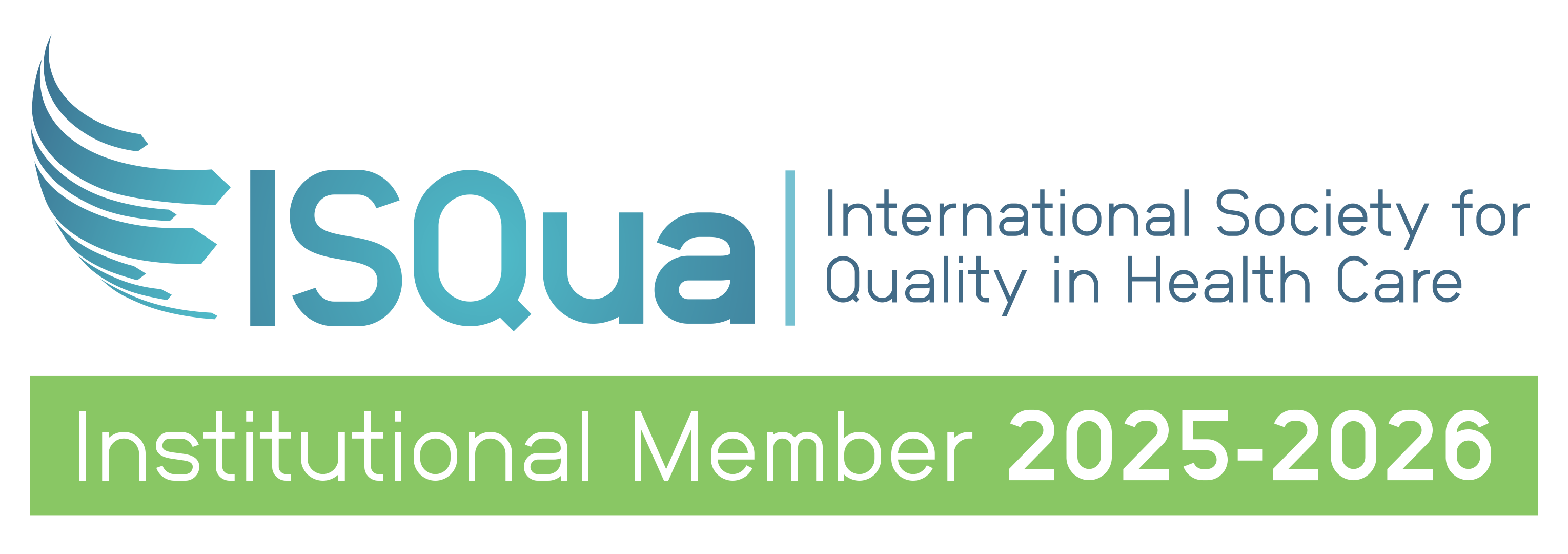.jpg?width=800&auto=format)
How do clinical indicators work in hospitals?
Are you needing help getting your data together for the Clinical Indicator Program? The POS team are here to help.
The questions that the Performance and Outcomes Service (POS) Team gets asked most often is… “How do I get all this data together?” and “Who do I talk to?”.
At ACHS, we want to help quality, risk or data managers, especially those who may be new to an organisation, by offering some advice. We provide helpful guidance so that not only can you find the data you need but also to create engagement with your teams and clinical specialties to take them on a quality improvement journey.
To explain the clinical indicator journey, we need to first understand how clinical indicators work in hospitals. Clinical indicators are the best source of data for organisation performance. Measuring processes and outcomes in your organisation will give you an understanding of performance within the organization, but without benchmarking it lacks the context of overall performance in the industry. You may think you are performing well, but when compared to others your organisations performance might have significant room for improvement and allow you to find savings or increase the quality of care provided to patients and consumers of your services.
The biggest issue for new Quality staff or related quality committee members is how to obtain this data for submission. There are two ways to get data from your organisation which largely depends on the complexity of the indicator, the organisations's IT resources, such as an Electronic Medical Record (EMR) or Patient Administration System (PAS), and Team complexity. There are manual and automated methodologies which are relevant depending on your organisation's size, technology, and complexity.
To assist with the manual collection of data, we have a few tips:
1) Utilise your team members and the Empty Booklet resources which are available on the ACHS website. These spreadsheets of each of the indicator sets can be used by the staff of the specialty in which you would like to collect data to record their data locally and then pass it to you for submission. This manual spoke and hub model works when you personally are unable to access relevant databases or get the data together easily.
2) Check with your clinical teams if they submit the data elsewhere. Submission of data elsewhere is common, for example Rehabilitation Medicine has tools for collection available through the Australian Rehabilitation Outcomes Centre (AROC). For Intensive Care, data is often submitted regularly to the Australian and New Zealand Intensive Care Centre for Outcomes and Resource Evaluation (ANZICS-CORE). In these two examples, data is available in their systems, and in the case of ANZICS-CORE, the data is available within their system where ACHS indicators are flagged. Pathology data is readily available from your pathology collection provider and Medication Safety information is often available from your pharmacies electronic Medication Management system (eMeds). ACHS has also confirmed that most of the maternity, gastrointestinal endoscopy, radiology, and radiation oncology indicators are available through their specific clinical specialty systems (e.g., Obstetrix for Maternity by Cerner Software).
Automation of the collection of indicators is really the end goal of the clinical indicator process, as it saves staff time by automating the labour-intensive recording and submission process, so that staff time can be focused on improvement. To automate the process, you will have to work with your data managers or IT department to export values from your Electronical Medical Records (EMR) or Patient Administration Systems (PAS) systems and potentially your specialty systems to produce a dataset for submission. This will need to be over the longer term and be project based with a sponsor from both the Executive and the Information Technology department, so that you can get the resourced together.
To assist in this process, ACHS has identified in Appendix 1 in each of the Clinical User Manuals coding which matches to the ICD-10-AM code set, which is what activity in EMR or PAS systems is based on. This coding in Appendix 1 is available for 51% of the clinical indicators, while the combination of time-based data, Patient Administration System data, eMeds data and data from other systems allows over 90% of indicators to be collected in an automated fashion.
The project work to create the queries in your system and readily export data will be worth the time invested, as it reduces burden on your quality team, staff at in each of the clinical specialties, and will mean more time focused on improving patient care.
At ACHS, we are here to support you through the data collection process and assist with everything from developing automation queries to data collection sheets.
The POS team are available Monday-Friday, 8:30am – 5:00pm, to support your needs. You can reach us by emailing pos@achs.org.au or phoning 02 9281 9955.

